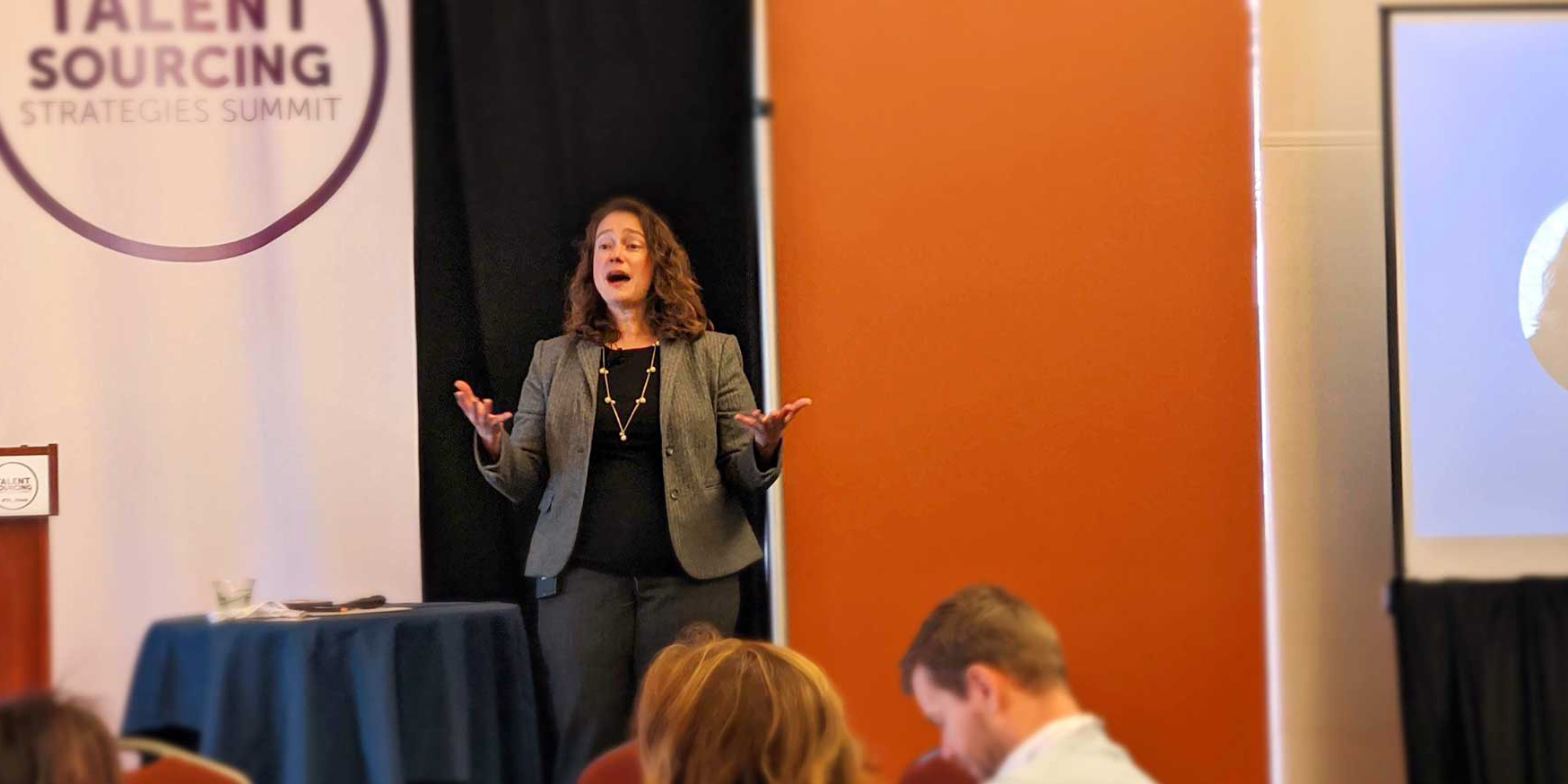We hear a lot these days about diversity and inclusion. Employers across industries have long since begun to address this important topic as part of their talent acquisition efforts. It’s now commonplace to find language embracing diversity on company websites. You’ll also see plenty of references to focused initiatives that companies have implemented in an effort to become more diverse.
Diverse organizations thrive
And with good reason. There’s plenty of evidence that diversity is good for an organization. We see not only that companies with greater diversity enjoy better performance on things like decision-making, innovation, and profits, they also evaluate themselves more favorably. Another important recent finding is that neglecting diversity can now undermine your ability to attract talent. A survey reported by Jobvite found that 70% of applicants now consider diversity as a factor in evaluating a potential employer. Cultivating diversity is good for business.
As we toss around the word “diversity,” it’s worthwhile to take a closer look at what we mean by that term, and how adding some breadth to the concept can be a productive exercise for HR leaders. One common approach is to measure diversity by the percentages of the payroll that include individuals of different ages, ethnicities, and gender expressions. That’s a good place to start, without question. As a personality psychologist, I believe it’s important that we also identify what else contributes to the complementary discussions and varied viewpoints that produce benefits for a workplace. Here, we can investigate the role of personality.
Traditional behavioral science: the secret weapon of cutting-edge diversity efforts
To start, we can structure this discussion around a well-known framework: the Big Five model of personality. This identifies five dimensions of personality: Openness, Conscientiousness, Extraversion, Agreeableness, and Emotional Stability. One company might achieve good diversity metrics, but still end up with teams full of people who are similar to each other in relevant personality dimensions. If an individual is high on Extraversion, they are more likely to be energetic, readily engage in extended conversations with colleagues, and be energized by taking risks. You can imagine how a team full of people high in Extraversion could have some challenges. This team might chronically neglect lower-intensity or solitary tasks. They might be less productive because they spend a lot of time chatting with each other. And they might make decisions that tend to be pretty risky.

Just like me?
This team could include both men and women, a representative sample of different ethnicities, and individuals from different generations -- but still represent a lack of personality diversity. Think about how this might happen. We tend to select individuals who are a lot like us -- you could call this a “just like me” bias. Also, if the team includes staff with similar job titles (for example, a team composed of sales representatives), those may attract similar personalities. When we know the personality profiles of current team members, we can begin to understand some important aspects of their behavior, from how they achieve maximum productivity to how they communicate with others or respond to the everyday stressors of their job. The goal then is to use that information to help people do their best, which includes matching them with complementary teammates to set them up for success.
A pitfall of a Core Competencies model
This brings us to the issue of organizational wish lists in employee characteristics, often called “Core Competencies.” When you take a closer look at what organizations want to see in employees, you’ll find that two or more are often in opposition to each other. Let’s say an organization values what they call “Play to Win.” At the same time, they also prioritize a “Collaborative Work Environment.” The former identifies a competitive and energetic mindset, while the latter points to a focus on others and a willingness to adjust to others’ needs. The trouble is that this combination is not likely to exist to a high degree in one person. Another example would be “Innovation Focused” and “Quality Driven.” While innovation is often associated with high levels of Openness and therefore abundant curiosity and willingness to accept change, it also points to someone who is an “ideas person,” focused on the big picture and thinking outside the box. Meanwhile, a focus on quality? That’s often the mark of someone who is highly conscientious and lower on Openness, focused more on details and the enjoyment of repetitive tasks. Again, these two sets of characteristics are a combination that is rare to find in one person.
Therefore, by prioritizing personality as a diversity metric alongside traditional demographic targets, an organization can meet its Core Competencies goals at the level of the teams it puts together. A hotel front desk associate focused on team spirit makes a great complement to one geared up to meet booking targets. A Certified Medical Assistant who is especially tough-minded and gets through challenges is paired well with one who is sensitive to the ups and downs of patient needs.
Continuing to expand diversity
When we recognize and value personality as a source of diversity, that helps us begin conversations that can then facilitate further expanding diversity. For example, organizations can enhance the value they gain from a neurodiverse pool of talent by recognizing the unique skills individuals can bring to the workplace, particularly when paired well with complementary supports. There’s no reason to stop there. Hiring managers can also expand the talent pool to include workers returning to the paid workforce after time away, such as those who have cared for young children or other family members. Finally, inclusion of remote workers enables not only geographical diversity, which can provide its own value, but also accommodations for individuals whose personalities thrive in off-site work settings. Some professionals do best when they work according to a customized schedule, rather than a continuous 8-hour workday.
Science-backed personality frameworks are a new diversity tool
Diversity is a high-value topic for talent acquisition professionals and will continue to be so throughout the 2020s. We can bring the tools of behavioral science to this discussion to enhance its value even more. Simply put, we can create workplaces that realize benefits every day from decisions based on a multi-faceted definition of diversity.
To find out how to advance your diversity initiatives, demo Traitify’s personality-powered platform.





